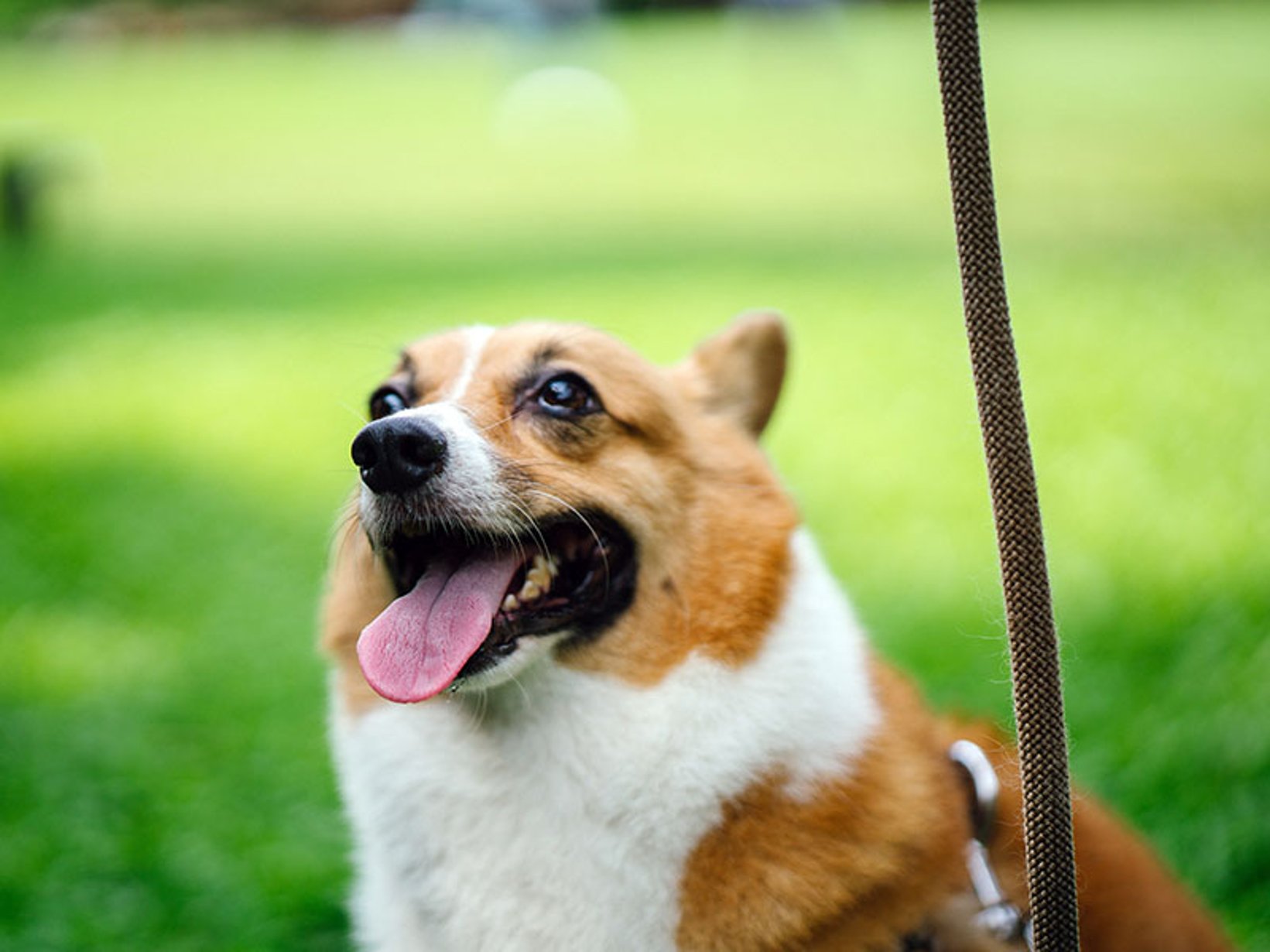Knowing how your dog sees, hears, and smells the environment around her helps you understand her behavior and makes training much easier. The part of the canine brain that processes smell is 4 times larger than in a human. A dog’s sense of smell is accordingly thousands of times more sensitive. Dogs can breathe in scents and breathe out through the side of their nose so the scent stays in their nostril and can be processed in a much more exacting way than humans. Their nostrils sniff odors independently and distinguish between them to detect movement and direction of prey. The longer the snout, the more olfactory cells there are to process the scent e.g., German Shepherds, Bloodhounds and Golden Retrievers.. Thermal detectors at the end of their nose can detect heat signatures. A vomeronasal organ at the roof of the mouth detects hormones – e.g., adrenaline and cortisol related to fear or oxytocin and colostrum related to pregnancy. This is why Cesar Milan, “The Dog Whisperer” tells his clients to practice “calm energy.” Your dog can sense whether you’re a calm confident leader -normal body temperature and relaxed posture versus a weak, stressed leader-higher heat, adrenaline, and cortisol emission along with tight body posture! Canines also form accurate and long-lasting memories of odors associated with their siblings, people, and other animals. Heat up a strip of chicken or beef in the microwave for 6 seconds then place it against your dog’s nose. He will follow your hand into a sit or track it while you’re leading him away from your harassed cat.
Dogs’ eyes contain much more rod vision detection cells than cones. Humans are just the opposite. Rods are good for movement detection and night vision. Cones are better at visual acuity and color perception. Dogs have a tapetum lucidum behind the retina which reflects light back on the retina increasing night vision. Accordingly, dogs have 4 times better night vision and can detect movement within half a mile away. But their visual acuity is only 20/75 compared to 20/20 for humans. Objects closer than 33 cm appear blurry to dogs. Also, dog’s do not have red/green color distinction. Their eyes are placed further to the side of their skull giving them 220 to 290 ° field of vision depending on the length of the snout versus humans 120 °. If you want your dog to come to you, move away quickly. This triggers her prey drive which will naturally make her want to run to you!
As with the dogs’ other senses, canine hearing is geared toward success in hunting. Compared to humans, dogs hear higher frequencies and are better able to locate the source of sounds from at least 4 times greater distance than a human. Their ears contain approximately 18 muscles allowing for an impressive range of movement. Dogs can tilt, turn, raise, and lower their ears and move them independently which significantly enhances their ability to pinpoint sounds. Have fun with your dog by having family members hide themselves in different areas of the house. Have each member call the dog in a high happy voice- “Spot, where are you?” When Spot finds the family member they shout out “Spot, you found me!” Then the next family member calls the dog. After Spot has found everybody they can start over again in different hiding spots.


